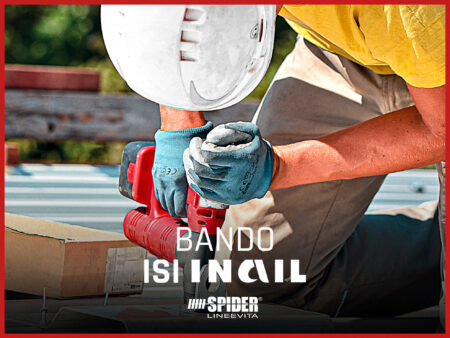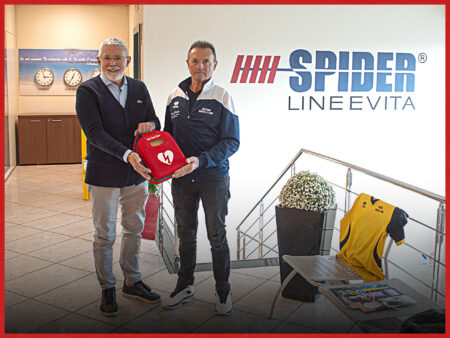Occupational safety is a top priority in all areas, but it is particularly important when it comes to work at height. Workers who perform tasks on high surfaces or in precarious positions are exposed to an increased risk of falls and accidents. For this reason, it is essential to ensure that adequate protection systems are in place to reduce hazards and safeguard workers’ health.
Collective protection systems: what they are and why they are needed
Collective protection systems are safety measures that aim to prevent or limit the risk of falls from height in work environments at height. These systems include devices such as barriers, railings, lifelines, and safety nets. The adoption of these systems is mandatory by law and represents a crucial investment for the safety of workers.
In the case of work at height, collective protection systems must be designed and installed in such a way as to ensure maximum effectiveness and compliance with current regulations. Importantly, in addition to being mandatory, these systems are also complementary to individual protection measures, such as the use of slings and fall arrest equipment.
Procedure in case of emergency
If an emergency occurs during work at height, it is essential to follow a well-defined procedure to ensure the safety of all workers involved. Here are some basic steps to follow in case of emergency:
Work at height presents unique challenges in terms of occupational safety. The adoption of collective protection systems and the appropriate training of workers are essential to minimize the risks associated with these activities. In addition, it is essential that companies and workers are prepared to effectively manage emergency situations, thus ensuring the safety of all concerned.
Here is a list of rules and regulations governing collective protection systems for work at height:
These rules and regulations are key to ensuring that collective protection systems comply with safety standards and are effective in preventing accidents and injuries at work.
 Agevolazioni
Agevolazioni
 Events
Events